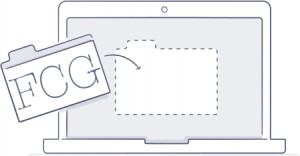There are two open PhD positions in the field of computational construction grammar and artificial intelligence. Apply now!
1) Acquiring domain knowledge through natural language dialogue (VUB AI Lab)
The selected candidate will work on a project that investigates how gaps in domain knowledge of either a human or an intelligent system can be identified, and filled through natural language dialogue. For doing so, he or she will need to combine symbolic techniques from computational construction grammar and dialogue modelling, with the goal of building a conversational agent that (i) can interact naturally on both the grammatical and discourse level, (ii) reason about the knowledge that needs to be acquired either by the human or by the agent and (iii) integrate the acquired knowledge into its knowledge base for later reuse.
2) Learning computational construction grammars (University of Leuven & imec)
As a doctoral researcher, you will investigate how construction grammars can be automatically learned by a computational entity (e.g. an autonomous agent), allowing it to communicate in its native environment. You will use a variety of machine learning techniques, ranging from deep neural networks to inductive logic programming. You will set up multi-agent simulations in which a population of autonomous agents makes use of these techniques to establish an effective and efficient communication system.
